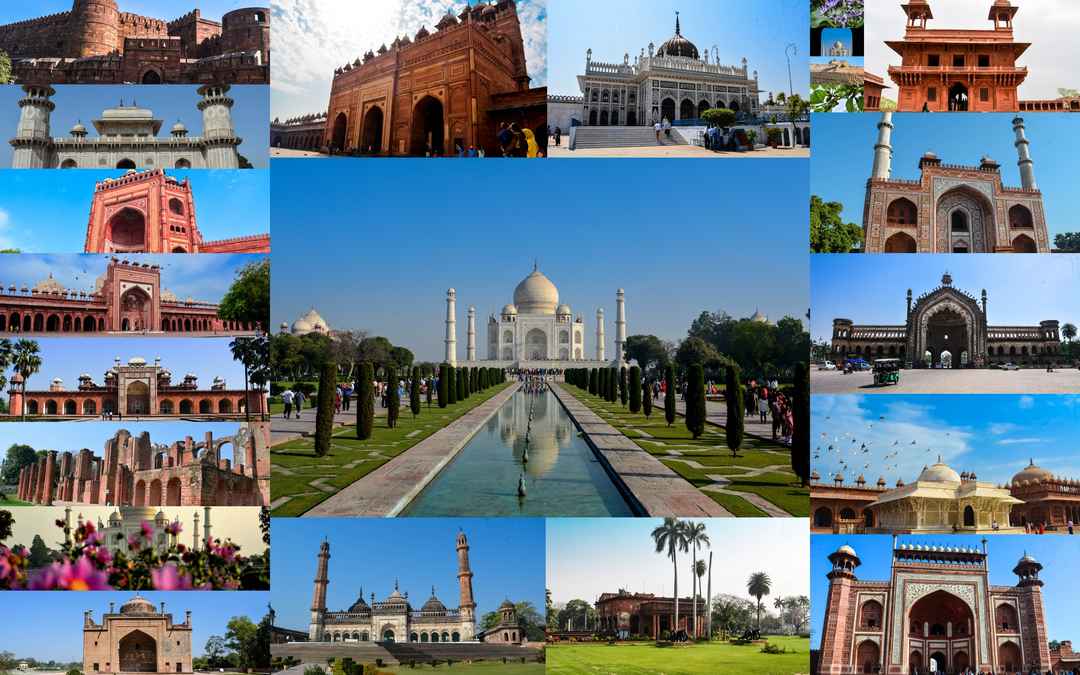Ripple Effect of the Iran-Israel and Hezbollah-Israel Conflicts: Impact on the Middle East and Beyond
This analysis, based on reports from Mint (October 3, 2024), focuses on the conflicts between Iran and Israel and Hezbollah and Israel. These conflicts arise from political, territorial, and religious disagreements. They show the deep-rooted tensions in the Middle East and have effects far beyond the region. These conflicts not only affect the local areas but also impact the world, especially countries like India, which faces significant challenges due to the instability caused by these ongoing disputes.
Introduction
The Middle East has long been a region of conflict, with its complex history shaped by political, territorial, and religious disputes. Among the most significant conflicts today are those involving Israel and two major players: Hezbollah and Iran. These conflicts are interconnected, with both Iran and Hezbollah opposing Israel for various reasons. While these tensions are primarily centred in the Middle East, they have far-reaching consequences, impacting countries across the globe, such as India. By examining the origins, escalation, and global effects of these conflicts, it becomes clear that their influence extends well beyond the immediate region, creating a ripple effect worldwide.
Iran-Israel Conflict: Origins and Escalation
The conflict between Iran and Israel is rooted in political and religious differences. Israel, a predominantly Jewish state, and Iran, a country following Shia Islam, represent two vastly different ideologies and geopolitical goals. Iran’s opposition to Israel’s existence and its aim to increase its influence in the region have led to many years of hostility. This has escalated through what is known as a “proxy war,” where Iran supports groups like Hezbollah in Lebanon and Hamas in Gaza to challenge Israel.
In recent days, the conflict has grown more intense. Israel’s targeted killings of key leaders within Hezbollah and Hamas—groups strongly backed by Iran—have led to retaliation. In response to these targeted strikes, Iran launched missile attacks on Israel. This shift from indirect proxy conflict to direct confrontation has made the situation more volatile, raising fears of a larger regional war.
A significant source of Israel’s concern is Iran’s nuclear programme. Israel views Iran’s pursuit of nuclear weapons as a direct threat to its survival. This fear has prompted Israel to conduct military operations aimed at disrupting Iran’s nuclear ambitions. These include airstrikes, cyberattacks, and covert operations designed to sabotage Iran’s nuclear infrastructure. However, these actions have only deepened the animosity between the two nations, as Iran continues to pursue its nuclear goals while considering Israel’s actions as acts of aggression.
The combination of violence and the nuclear issue has heightened tensions, increasing the likelihood of a broader conflict. If unresolved, this conflict could potentially destabilise the entire Middle East, pulling in other regional powers and creating a lasting impact far beyond the borders of Iran and Israel.
Hezbollah-Israel Conflict: A Long-Standing Struggle
Hezbollah, a powerful militant group based in Lebanon, has been engaged in conflict with Israel for many years. Much of the tension revolves around territorial disputes and Hezbollah’s opposition to Israel’s policies, particularly regarding Palestinians. Like Iran, Hezbollah receives significant support from Iran, which uses the group to challenge Israel’s power in the region. This long-standing conflict has resulted in numerous violent clashes, with both sides engaging in retaliatory attacks in a continuous cycle.
Following the October 2023 attacks by Hamas, Hezbollah intensified its military activities against Israel in solidarity. As a result, the conflict between Hezbollah and Israel escalated, with both sides launching missile strikes. The violence reached a peak in September 2024 when Israel launched a major attack on Hezbollah strongholds in southern Lebanon, killing over 500 people. This marked one of the deadliest days in the conflict, with devastating consequences for civilians on both sides.
Humanitarian Impact and Regional Instability
The ongoing conflicts between Israel and Hezbollah, as well as Iran, have led to significant humanitarian crises. In Lebanon, more than 90,000 people have been displaced, forced to flee their homes and live in temporary shelters under harsh conditions. Similarly, in Israel, around 70,000 civilians have been displaced, especially in northern regions near the border with Lebanon. Families have been separated, children have been unable to attend school, and access to basic necessities such as food and clean water has become increasingly scarce.
These humanitarian crises are further aggravated by the destruction of infrastructure. As both sides continue to engage in missile strikes, towns and villages are being destroyed, leaving entire communities without homes or livelihoods. The destruction, along with the ongoing violence, contributes to broader instability in the region, threatening not just local populations but also the larger political and economic dynamics of the Middle East.
Global Ripple Effect: Impact on India
Though geographically distant, India is significantly affected by the conflicts between Israel, Hezbollah, and Iran. The most immediate concern for India is the impact on global oil prices. India imports a large portion of its oil from the Middle East, and any disruption in the region’s stability—particularly in critical areas like the Strait of Hormuz, through which much of the world’s oil supply passes—could have severe economic consequences. If the conflict were to block or disrupt oil transport, prices could skyrocket, placing immense pressure on India’s economy. Rising oil prices increase the costs of transportation, manufacturing, and everyday goods, affecting all aspects of daily life in India.
Besides, India is affected by potential disruptions in trade routes. The country exports many goods to Middle Eastern nations, including Iran. If trade routes are blocked or damaged due to the conflict, it could significantly impact Indian businesses, reducing export revenues. For example, India exports agricultural products like rice to Middle Eastern countries, which are vital to the Indian economy. Any disruption in these trade relationships would have negative consequences for Indian farmers and the broader economy.
Moreover, millions of Indian workers live in the Middle East, particularly in countries like Saudi Arabia, the UAE, and Kuwait. These workers send money back to their families in India, providing essential income for many households. If the conflict spreads to these countries, it could force Indian workers to return home, creating both a humanitarian and economic crisis. The loss of remittances would affect countless families, and the sudden influx of unemployed workers could strain India’s job market.
Diplomatic and Strategic Challenges for India
India has long maintained a careful balance in its diplomatic relations with both Iran and Israel. On one hand, India purchases oil from Iran, while on the other, it exports technology and weapons to Israel. This delicate balance is essential for India’s foreign policy, as a shift toward either side could jeopardise its relationships and economic interests. India has also expressed a willingness to act as a mediator in the conflict, though such efforts are challenging due to the deep-rooted nature of the dispute.
India’s diplomatic efforts focus on promoting regional peace, as prolonged instability in the Middle East could have severe repercussions for its economy. By encouraging peaceful negotiations and diplomatic dialogue, India hopes to prevent the conflict from escalating further. The government has also taken steps to reduce its reliance on Middle Eastern oil by seeking alternative sources like Russia, helping to protect its economy from the volatility of the region.
Conclusion: Lessons and Implications
The conflicts between Israel and Hezbollah, as well as Israel and Iran, highlight the complex and interconnected nature of regional disputes in the Middle East. What starts as a localised conflict often spreads its influence across borders, impacting not only the countries directly involved but also nations far from the battleground, such as India. The humanitarian crises, economic disruptions, and diplomatic challenges that arise from these conflicts remind us that even distant wars can have profound global consequences.
For India, the lesson is clear: conflicts happening far away can significantly impact everyday life. From rising oil prices to disrupted trade and the potential displacement of workers, the ripple effects of the Iran-Israel and Hezbollah-Israel conflicts underscore the importance of diplomacy and proactive planning. As these conflicts continue, the international community must work together to strive for peace, not just for the sake of the Middle East, but for global stability as a whole.


